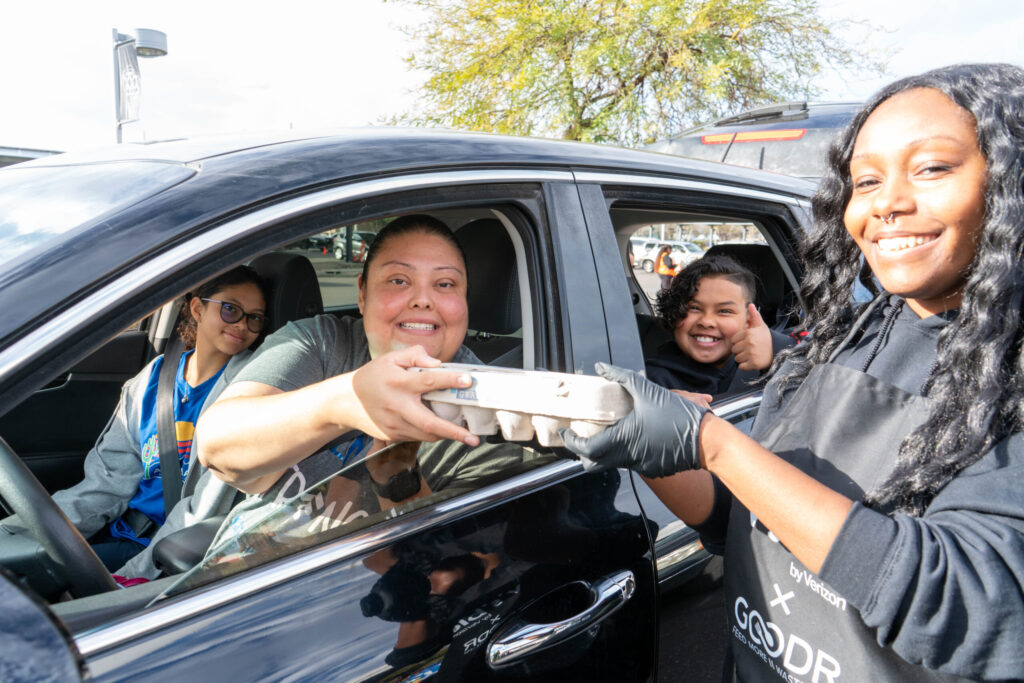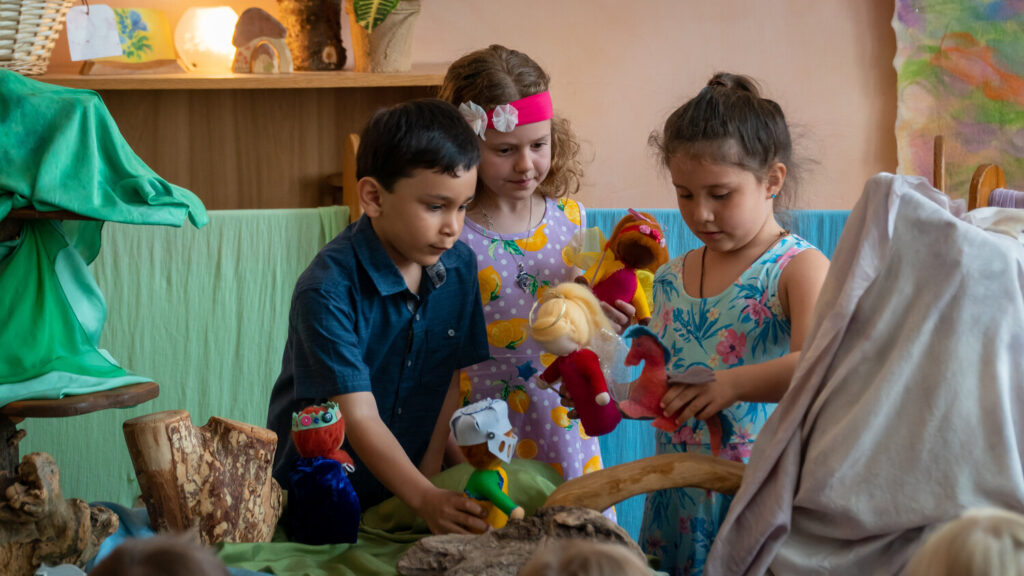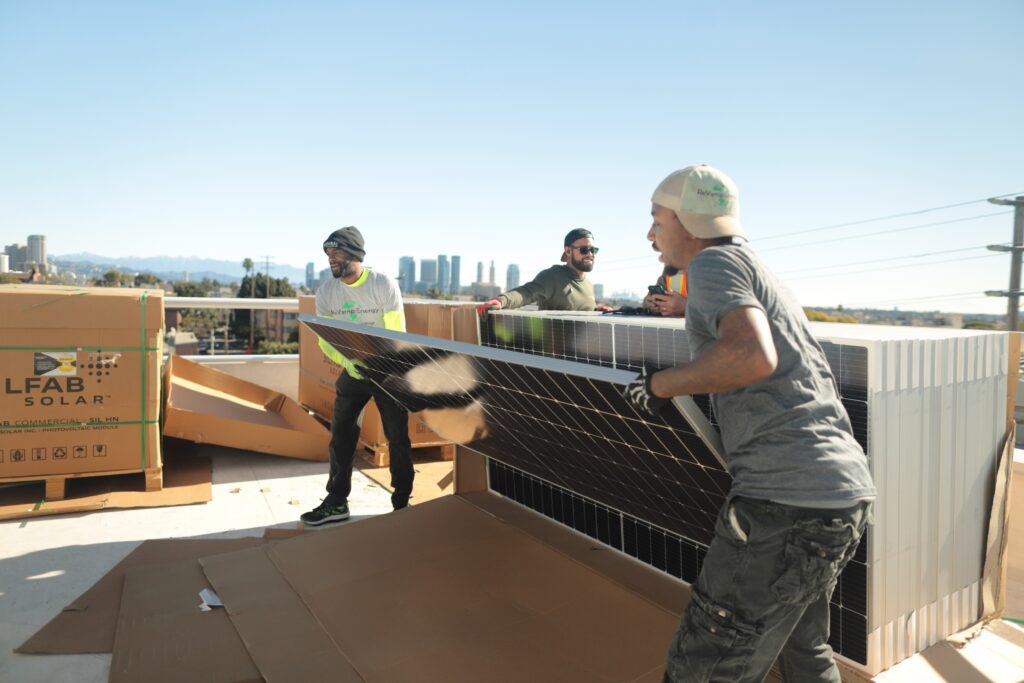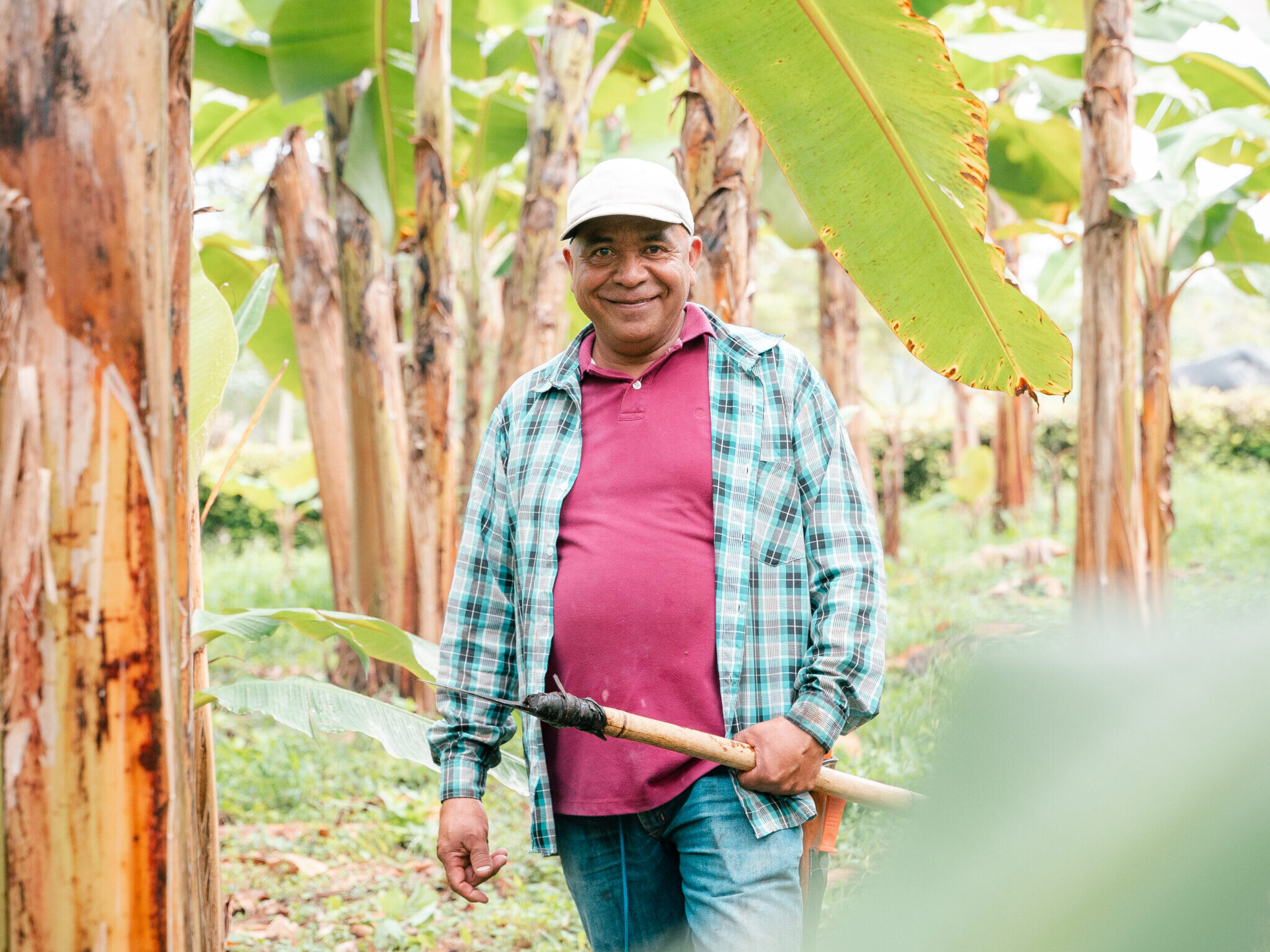



RSF envisions a world where all people have the power to use their money to regenerate people, communities, and the planet. We believe that we can get there by changing finance and financing change – a mission we accomplish by nurturing a living system of investors, donors, and social enterprise leaders who use capital differently than the crowd.
By offering investment notes, donor-advised funds, and loans to mission-driven organizations, we mobilize money toward positive change that can be felt today, tomorrow, and on the horizon. But how do we know that our efforts are working? How can we make sure we’re achieving the impact we seek?
In late 2024, RSF engaged the Sorenson Impact Institute, a leading multi-disciplinary impact institute housed at the University of Utah, to refine the way that we answered these questions. In partnership with Sorenson, we developed an impact measurement and management (IMM) framework that formalizes the ways that RSF assesses, measures, and communicates its impact.
In this blog post, we lay out the results of this project: the impact goals we defined, the tools we co-designed to achieve those goals, and the plan we’ve established for meeting these goals going forward.
Impact at RSF: Challenges and opportunities
When we launched this project, we identified a few goals that the IMM framework would need to accomplish.
- Inform how we evaluated potential loans for impact
- Track impact across our portfolio
- Report on that impact
While we were already doing these activities, this project would formalize our approach and allow us to go one level deeper in our impact measurement. Instead of focusing primarily on outputs (how many SIF investors and DAF clients we had, how much money we loaned to social enterprises), we could also begin to measure outcomes (what impact social enterprises were able to accomplish with the financing we provided).
We also identified a few challenges we needed the project to address.
- Different ways of measuring impact. Borrowers in our portfolio define impact according to their own missions and goals – by students served, amount of renewable energy produced, farmers’ incomes raised, hectares of land under sustainable conservation, and more. We needed to find a way to measure impact across our portfolio without imposing the same standards on very different organizations.
- Balancing rigor with practicality. While we wanted to increase our impact standards, we knew we couldn’t place an undue burden on our borrowers to achieve it. We would have to meet our impact goals without demanding extensive new reporting from the social enterprises we served.
New tools to define, measure, and report impact
Our first step with Sorenson was to define the impact we sought to achieve, and the actions we took to achieve it. Together, we refined our theory of change to integrate: inputs; (SIF notes, DAFs, and other income like fees and donations); levers for change (loans to social enterprises, grants to charitable causes from DAFs, and the people who help this system flourish); and outputs and outcomes that move our world towards one in which all finance is regenerative finance.
From there, we worked with Sorenson to build impact theses for each of our core focus areas. These written documents served three purposes. First, they defined the challenge that RSF was trying to address within each focus area. Second, they explored how RSF and the social enterprises we finance address that challenge. And third, they laid out a set of metrics – tied to the IRIS+ impact measurement system – that many social enterprises in a given focus area would likely be able to measure.
We drew from these impact theses to create pages on our website that define how we view and measure impact in our core focus areas: food and agriculture, climate and energy, education, and community impact.
Lastly, we co-created tools that refined how we collected impact data and assessed our impact data as an organization. These tools include revised intake forms and impact assessments that we use to assess the potential impact of a loan to a social enterprise we haven’t yet financed, as well as an updated borrower survey we use to assess the impact of our active borrowers.
Notably, these tools work together to minimize burden on borrowers. The borrower survey asks the same questions as the intake form, so that borrowers can simply update their data instead of preparing it from scratch every year. Also, borrowers can now answer a unique set of questions tailored to their work, minimizing the risks of confusion and incomplete data.
What’s next for impact at RSF
We wrapped up our official partnership with Sorenson in February 2025. Now, we’re implementing what we’ve learned.
We are currently preparing to send out our revised borrower survey for the first time, collecting more robust impact data from across our portfolio. Once as many borrowers as possible have responded, we’ll take about a month to collect and analyze the data. From there, we’ll share what we’ve learned on our website and in our annual report.
This is a significant step forward for RSF – and we acknowledge that it will take some time to hone our data collection methodology, and for our borrowers to adjust to the new framework. After we release our impact data, we’ll start working on refinements to the process that will make it smoother for both our borrowers and the RSF team – simplifying the borrower survey where possible and building a more sophisticated database for analyzing and storing impact data.
At the same time, we’ll continue to prioritize the qualitative side of impact. Metrics are important, but behind every statistic are hundreds of stories of real people, real organizations, and real communities. As we invest in our quantitative IMM framework, we retain our focus on the stories that bring those metrics to life.
As we’ve learned, measuring impact isn’t easy. But impact work shouldn’t be easy. Our goal of building a world where all finance is regenerative finance is incredibly ambitious – and it’s imperative that we take it on. By investing in impact, we can do a better job of identifying when we’ve taken concrete, measurable steps towards the world we seek to create.
Want to learn more about impact at RSF?
- Dive deeper into our focus areas of food and agriculture, climate and energy, education, and community impact.


